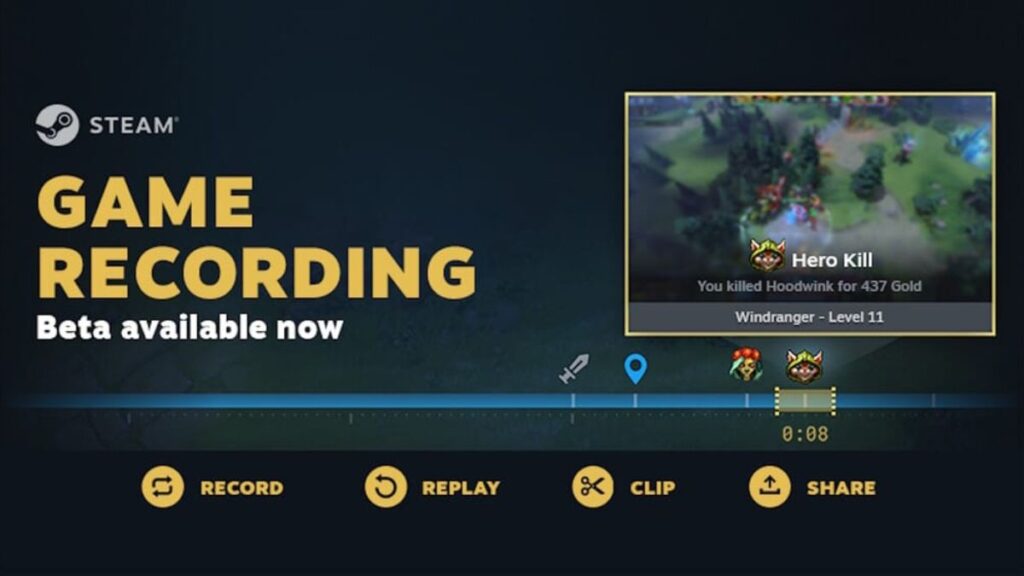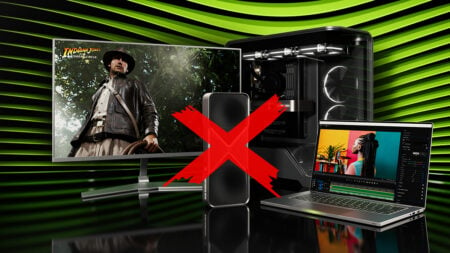Steam has launched a new game recording feature that is now available on both the PC client and Steam Deck as well, right after a lengthy beta period. The Steam screen recorder suite is feature-packed, giving competitors a run for their money. It comes with all the basic capabilities you might expect like automatically recording and manual clipping by using keyboard shortcuts. But it doesn’t stop there, it makes sharing the recorded clips a priority.
So unlike other recording software that simply records videos and places them on your PC, Steam’s video recorder lets you share clips using QR codes that are easy to scan and share. Adding to its plus points, according to Valve, it has been designed to use the lowest amount of resources possible, and might just end up being more efficient. This is being done by offloading the encoding to the GPU instead of the CPU, which can be bottlenecked with many games, especially if you don’t have the highest-end hardware.
What sets it apart are the game-specific screen recording settings that are part of the Steam interface. You can set auto-recording durations and change the recording quality for each game you own. In an attempt to make it more accessible for people with more niche demands, Valve has made an SDK and API that will allow developers to program in-game actions to trigger a recording.
At first, this may seem limited to Steam, and so not as universally useful as something like Geforce Experience, but the game you are playing doesn’t necessarily need to be purchased on the Steam platform. If you are on the Epic Games Store or the Blizzard client, for example, you can add those games as a non-Steam game onto Valve’s client and use all the recording features.
You don’t need to install any extra piece of software on your PC or Steam Deck, simply update your client to the latest version to get the ability to enable and configure the screen recording settings. The Steam recorder is ideal for people who play competitive games that don’t have the replay function, like Valorant. Even if your game does have built-in recorded replays, the ability to share them seems quite intuitive. This feature shows that Valve will continue to improve the Steam client even two decades after its initial release.








